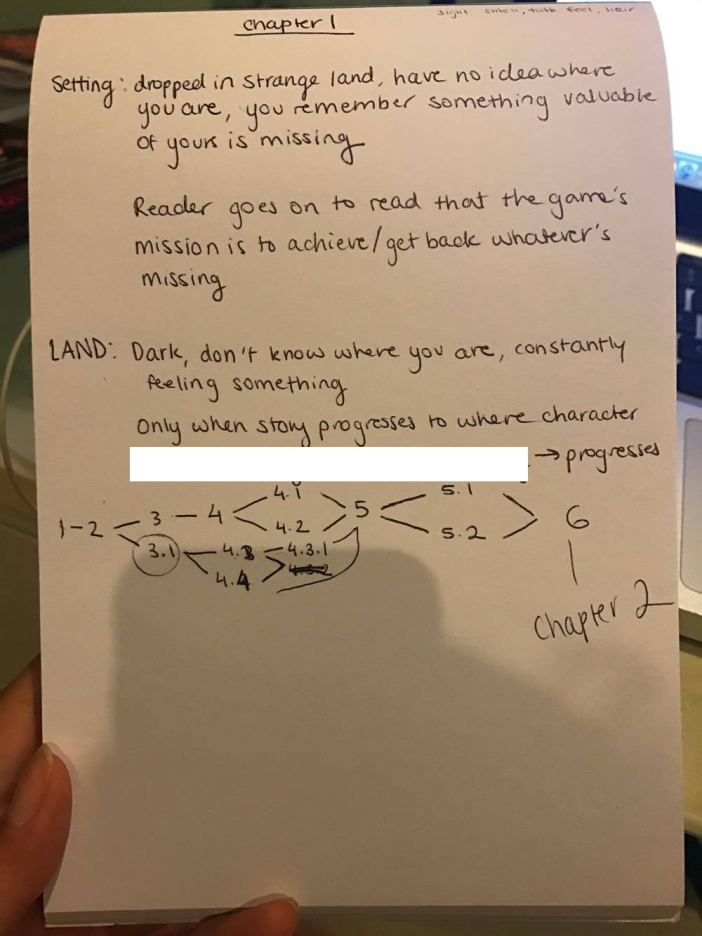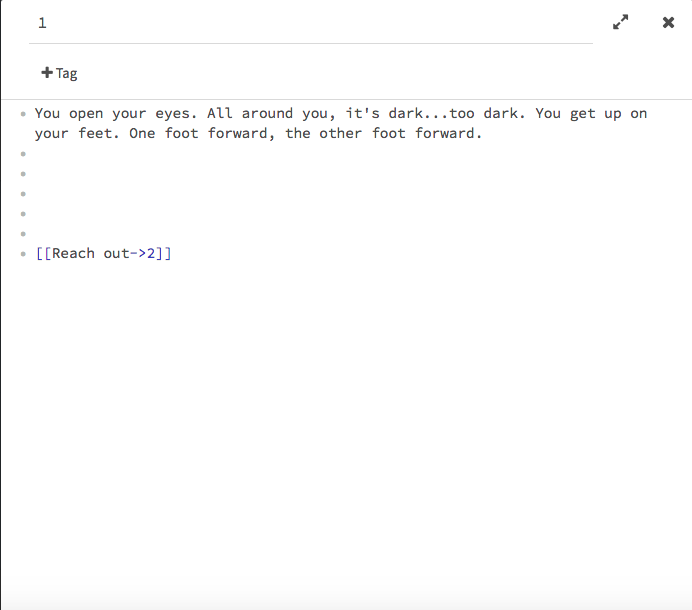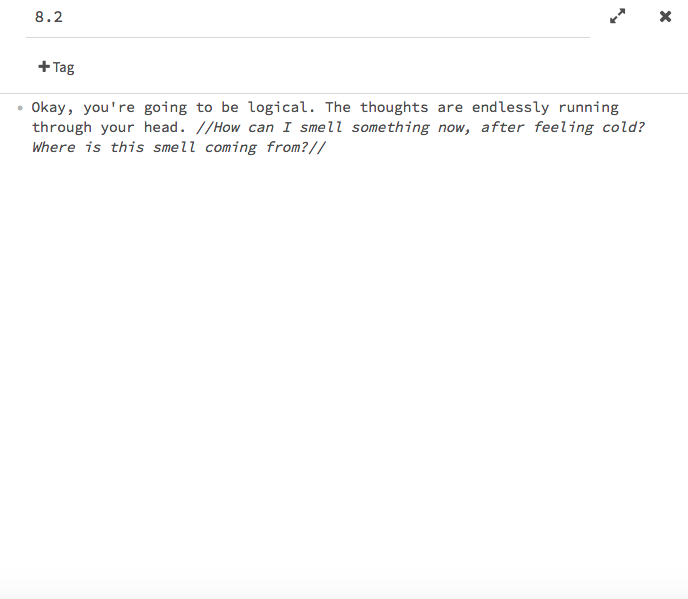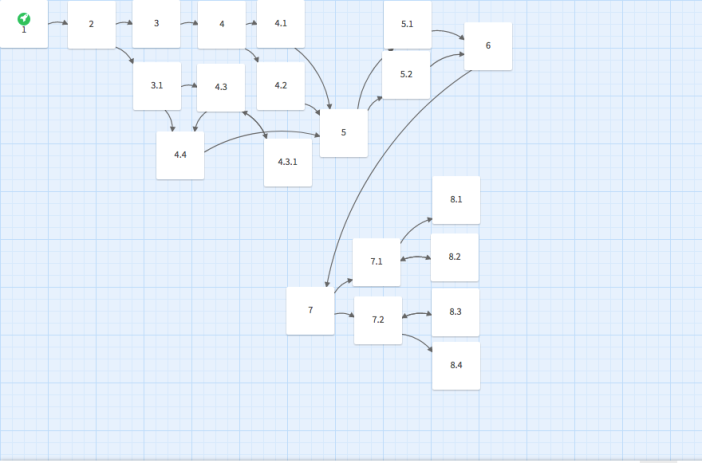After hitting the last roadblock for my Twitter Bot and endlessly researching how and why nothing was making sense, I considered the time I have left for A3 and the plausibility of actually creating a functioning Twitter Bot. The two didn’t go hand in hand. As much as I wanted to create the bot, I realised how ambitious the project was, and how illiterate I was in code. I was already getting confused with some basic command lines in Terminal, so I think that’s saying something about my code literacy. I instead decided on something that was relatively simple and very interesting to create- an interactive story on Twine!
I had watched Ben demonstrate Twine in our earlier classes, and I knew that I was capable of understanding how to link my story together. I started my new project off by thinking about my overall storyline, and how I wanted to structure it. I came up with a 5-chapter story with a rough linkage.

I ended up creating the whole chapter within an hour, and I think it’s turning out great! I did come across a few challenges in Twine, though.

I figured out (after a long while) that I needed to write “->” to connect my passages together, thanks to the Twine guide.

I wanted to italicise some font, so I experimented with a lot of symbols and combinations to try and get it, and I finally found it! My progress on Twine is a lot easier and faster than my Twitter Bot.

Earlier, I discussed the role of code in our society, and how society’s code literacy is expanding. After reading Morris and Striphas’ reading about cultural intermediaries and keywords defining our culture today, It’s obvious that we’ve hit this “algorithmic turn” in which we require technology and code for almost every function in society; it’s gone to the extent that we’ve created algorithmic codes to make recommendations for what we need based on our searches (Morris 2015, p. 449). This code acts as an intermediary between technology and our culture, as it now assists with the presentation and representation of our culture (Morris 2015, p. 450). Essentially speaking, our culture has become a result of our technological activity. I’ll take my A3 as an example. Stories were told by book or mouth some years ago; however, I’m here creating an interactive, code-programmed story online for anyone. Code’s joined the concept of a story and the concept of technology together, and resulted in a cultural shift of vocal/physical stories to algorithmic stories. I’m including kindles and online readings in this example as well. We understand algorithms to be “mathematical procedures to expose some truth or tendency about the world (Striphas 2015, p. 405). We can definitely see that tendency in our society today, in that we basically revolve around code. I feel like this understanding of algorithms is our current code literacy, but it’s always continuing to grow.
I honestly didn’t see code in this perspective when I started my story with Twine, but I can understand the viewpoint of Morris and Striphas in that code has practically become our culture, and it’s constantly joining various forms of technology to our lives.
I can’t really say if that’s a good thing though!
REFERENCES:
Morris, J. W. 2015, ‘Curation By Code: Infomediaries and the Data Mining of Taste’ European Journal of Cultural Studies, vol. 18, no. 4-5, pp.446-463.
Striphas, T. 2015, ‘Algorithmic Culture’, European Journal of Cultural Studies, vol.18, no. 4-5, pp. 395-412.